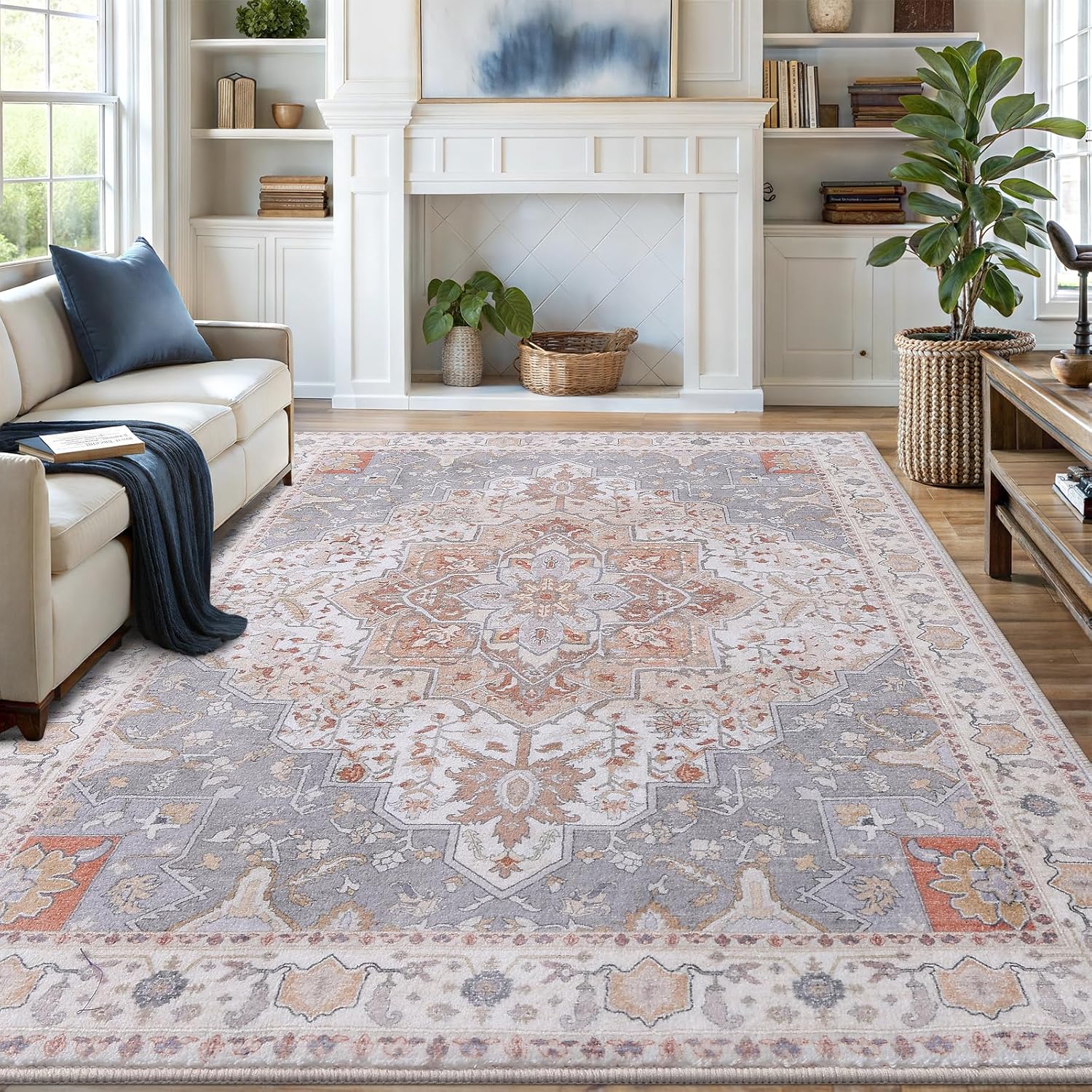Regularly sanitize pet feeding areas with mild soap, water, and disinfectant; ensure thorough drying to prevent bacteria growth.
Keeping your pet’s feeding area clean is crucial for their health and your family’s wellbeing. Dirty bowls and feeding stations can harbor harmful bacteria like Salmonella and E. coli, leading to potential illness for both pets and humans. Follow these expert cleaning practices to maintain a safe, hygienic environment for your furry friends.

Daily Cleaning Routine
Establishing a consistent daily cleaning routine prevents bacterial buildup in pet feeding areas.
Food Bowl Cleaning
- Wash bowls with hot, soapy water after each meal
- Use a dedicated sponge or brush for pet dishes only
- Rinse thoroughly to remove all soap residue
- Dry completely before refilling to prevent bacterial growth
For tough stains, try our recommended organic cleaning products that are safe for pets.
Water Bowl Maintenance
- Empty and refresh water at least twice daily
- Scrub bowls to remove slime and biofilm
- Disinfect weekly with a pet-safe solution
- Consider stainless steel or ceramic bowls which resist bacteria better than plastic

Weekly Deep Cleaning
While daily cleaning handles surface grime, weekly deep cleaning tackles hidden bacteria.
Disinfection Process
Use one of these effective disinfecting methods:
| Method | Instructions | Safety Notes |
|---|---|---|
| Bleach Solution | 1 tbsp bleach per gallon of water, soak 10 minutes | Rinse thoroughly after |
| Vinegar Rinse | Equal parts water and white vinegar, soak 30 minutes | Natural alternative |
| Dishwasher | Use sanitize cycle if available | Check bowl material compatibility |
Feeding Area Sanitation
Don’t forget to clean the surrounding area:
- Wipe down floor or mat under bowls daily
- Vacuum pet hair and food debris regularly – consider our top-rated vacuum for pet hair
- Disinfect counters if preparing pet food there
Special Considerations
Different pets and situations require tailored cleaning approaches.
For Multiple Pets
When feeding multiple animals:
- Assign each pet their own bowl set
- Separate feeding stations by at least 3 feet
- Clean all bowls simultaneously to prevent cross-contamination
For Outdoor Feeding Areas
Outdoor stations need extra attention:
- Elevate bowls to prevent insect contamination
- Use weighted bowls that won’t tip easily
- Check for mold growth in shaded areas
- Remove uneaten food within 30 minutes
The AVMA recommends stainless steel bowls for outdoor use as they’re most resistant to bacteria and weather damage.
Pet Food Storage Safety
Proper food storage prevents contamination before it reaches your pet’s bowl.
Dry Food Storage
- Keep food in original bag inside airtight container
- Store in cool, dry place below 80°F
- Wash storage container monthly with hot, soapy water
Wet Food Handling
- Refrigerate opened cans immediately
- Use within 2-3 days
- Discard uneaten wet food after 4 hours
- Wash can opener after each use
According to FDA guidelines, pet food should be handled with the same care as human food to prevent foodborne illness.
Health Monitoring Through Cleaning
Your cleaning routine can help detect early signs of health issues.
Warning Signs in Bowls
Watch for these red flags:

Vanmoos 6×9 Machine-Washable Area Rug — Artistic Flair / Beige
Low-pile, non-slip rug that minimizes pet hair collection and makes quick cleanup part of your routine.
Affiliate link — may earn a commission at no extra cost to you.
- Excessive saliva residue (may indicate dental issues)
- Unusual food left uneaten (potential appetite changes)
- Discolored water (could signal health problems)
When to Replace Bowls
Replace pet dishes when you notice:
- Deep scratches that harbor bacteria
- Chips or cracks in ceramic bowls
- Cloudy or stained plastic bowls
- Rust spots on metal bowls
For households with sensitive pets, consider our selection of antibacterial cleaning sprays that are gentle yet effective.
